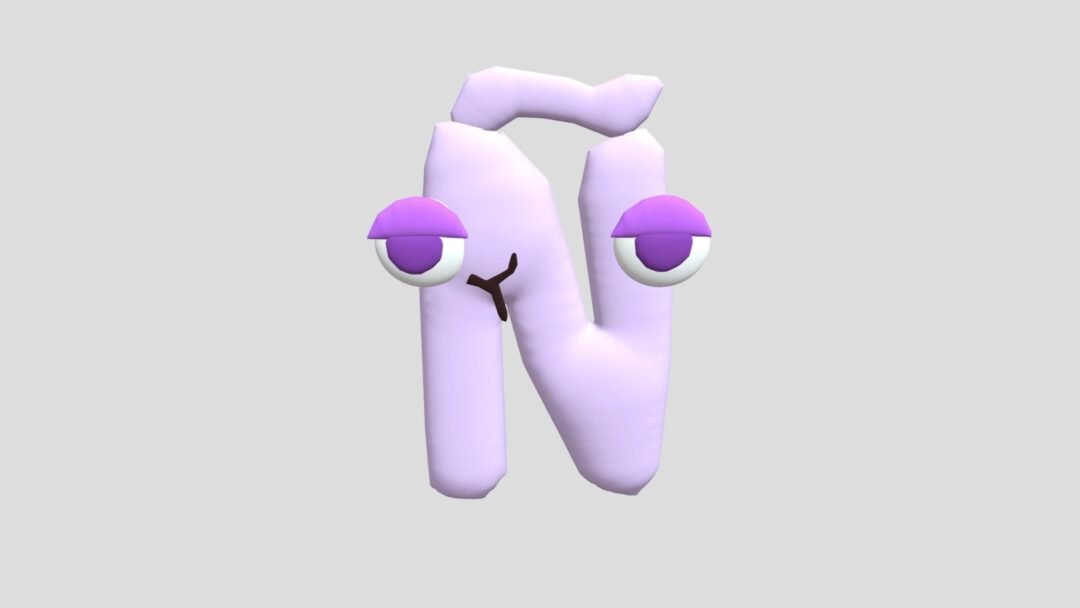Selection and speciation pogil answer key – Selection and speciation are fundamental concepts in the field of evolutionary biology. They explain how species evolve over time and how new species arise from existing ones. In educational contexts, Process Oriented Guided Inquiry Learning (POGIL) activities are often used to help students understand these concepts through structured inquiry and collaborative learning. This blog post aims to provide a comprehensive overview of selection and speciation, and how POGIL activities can enhance understanding of these topics. Additionally, we will discuss common questions and answers that students might encounter in a POGIL activity related to selection and speciation.
What is POGIL?
Process Oriented Guided Inquiry Learning (POGIL) is an instructional approach that emphasizes active learning and teamwork. Instead of traditional lecture-based teaching, POGIL activities require students to work in small groups to explore and understand key concepts. The instructor acts as a facilitator, guiding students through the learning process rather than directly providing information.
Selection: The Driving Force of Evolution
Natural selection is one of the primary mechanisms of evolution. It is the process by which certain traits become more common in a population because they confer a survival or reproductive advantage. Over time, natural selection can lead to significant changes in the characteristics of a population.
Types of Selection
- Directional Selection: This type of selection occurs when one extreme phenotype is favored over others, causing the population to shift in that direction. For example, if larger beak size is advantageous for accessing food, over generations, the average beak size in the population will increase.
- Stabilizing Selection: Stabilizing selection favors intermediate phenotypes and reduces variation in a population. For instance, in a population of birds, those with average-sized wings may have the highest survival rates, leading to a decrease in the number of individuals with very short or very long wings.
- Disruptive Selection: This occurs when extreme phenotypes are favored over intermediate ones. For example, in a habitat with two distinct types of food sources, birds with either very large or very small beaks may have a survival advantage, while those with medium-sized beaks do not.
Example of Natural Selection: The Peppered Moth
The case of the peppered moth (Biston betularia) is a classic example of natural selection in action. Before the Industrial Revolution, the majority of peppered moths were light-colored, which allowed them to blend in with the lichen-covered trees. However, as industrial pollution darkened the trees with soot, the darker-colored moths had a survival advantage because they were better camouflaged from predators. Over time, the frequency of the dark-colored moths increased in polluted areas, demonstrating directional selection.
Speciation: The Formation of New Species
Speciation is the process by which one species splits into two or more distinct species. This process typically requires the isolation of populations, which can occur through various mechanisms.
Mechanisms of Speciation
- Allopatric Speciation: This occurs when populations are geographically separated, preventing gene flow between them. Over time, the isolated populations may evolve independently, leading to the formation of new species. An example is the formation of new species of finches on the Galápagos Islands.
- Sympatric Speciation: Sympatric speciation occurs without geographic separation. It can happen through mechanisms such as polyploidy (an increase in the number of sets of chromosomes) or behavioral changes that lead to reproductive isolation. An example is the diversification of cichlid fish in African lakes.
- Parapatric Speciation: In this type, populations are adjacent to each other and there is some gene flow between them, but different selective pressures lead to divergence. Over time, these populations may become reproductively isolated.
- Peripatric Speciation: Similar to allopatric speciation, but it involves a small population at the edge of a larger one becoming isolated. Genetic drift and selection in the smaller population can lead to speciation.
POGIL Activities: Enhancing Understanding of Selection and Speciation
POGIL activities on selection and speciation typically involve a series of questions and exercises designed to guide students through the process of discovery. By working in groups, students develop critical thinking skills and a deeper understanding of the material.
Example POGIL Activity: Selection and Speciation
Objective: Understand the processes of natural selection and speciation through guided inquiry.
Materials: Handouts with questions, charts, and diagrams related to selection and speciation.
Activity Structure:
- Introduction: Brief overview of natural selection and speciation.
- Exploration: Students examine data and scenarios related to selection and speciation.
- Concept Invention: Guided questions help students develop concepts based on their observations.
- Application: Students apply their understanding to new scenarios and predict outcomes.
Sample Questions and Answers
Question 1: Explain how natural selection leads to changes in a population over time.
Answer: Natural selection leads to changes in a population over time by favoring individuals with traits that provide a survival or reproductive advantage. These individuals are more likely to survive and reproduce, passing their advantageous traits to the next generation. Over many generations, these traits become more common in the population, leading to evolutionary change.
Question 2: Describe a scenario in which disruptive selection might occur.
Answer: Disruptive selection might occur in a population of birds where there are two distinct types of food sources: small seeds and large seeds. Birds with very small beaks are efficient at eating small seeds, and birds with very large beaks are efficient at eating large seeds. Birds with medium-sized beaks, however, are not as efficient at eating either type of seed. Over time, the population may evolve to have more individuals with either very small or very large beaks, while medium-sized beaks become less common.
Question 3: How does allopatric speciation differ from sympatric speciation?
Answer: Allopatric speciation occurs when populations are geographically separated, leading to reproductive isolation and independent evolution. In contrast, sympatric speciation occurs without geographic separation; instead, it may result from genetic changes, such as polyploidy, or behavioral changes that lead to reproductive isolation within the same geographic area.
Question 4: Provide an example of how a behavioral change can lead to sympatric speciation.
Answer: A behavioral change that can lead to sympatric speciation is the development of different mating preferences within a population. For instance, in a population of insects, some individuals might develop a preference for mating on a specific type of plant, while others prefer a different plant. Over time, these preferences can lead to reproductive isolation, as individuals with different preferences no longer interbreed, eventually resulting in the formation of distinct species.
Question 5: Why is genetic variation important for natural selection?
Answer: Genetic variation is important for natural selection because it provides the raw material for evolution. Without genetic variation, all individuals in a population would be identical, and there would be no differences for natural selection to act upon. Variation in traits allows some individuals to have a survival or reproductive advantage in changing environments, leading to evolutionary change over time.
Applying POGIL to Real-World Examples
To further enhance understanding, POGIL activities can incorporate real-world examples and case studies. For instance, students can investigate how antibiotic resistance in bacteria is an example of natural selection. By examining data on antibiotic use and bacterial resistance, students can understand how bacteria with resistance genes survive and reproduce, leading to the spread of resistant strains.
Case Study: Antibiotic Resistance
Scenario: A hospital is experiencing an outbreak of antibiotic-resistant bacteria. The bacteria have evolved to survive treatment with commonly used antibiotics.
Questions:
- How did the bacteria become resistant to antibiotics?
- What are the implications of antibiotic resistance for public health?
- How can the spread of antibiotic-resistant bacteria be controlled?
Answers:
- Bacteria become resistant to antibiotics through mutations or acquiring resistance genes from other bacteria. When antibiotics are used, susceptible bacteria are killed, but resistant ones survive and reproduce, passing their resistance genes to the next generation.
- Antibiotic resistance poses a significant threat to public health because it makes infections harder to treat, leading to longer illness durations, higher medical costs, and increased mortality.
- The spread of antibiotic-resistant bacteria can be controlled by using antibiotics responsibly. It is implementing infection control measures in healthcare settings, and developing new antibiotics and treatments.
Conclusion To Selection and speciation pogil answer key
Selection and speciation are essential concepts in understanding the diversity of life on Earth. Through POGIL activities, students can actively engage with these topics, developing a deeper and more nuanced understanding. By working through guided questions and real-world examples, students not only learn the theoretical aspects of selection and speciation but also appreciate their practical implications.
In summary, POGIL provides an effective framework for teaching and learning about selection and speciation. By fostering inquiry, collaboration, and critical thinking, POGIL activities help students grasp complex biological concepts. It also helps them to apply their knowledge to real-world scenarios. Through this approach, students become better equipped to understand and appreciate the dynamic processes that drive evolution and the formation of new species.



